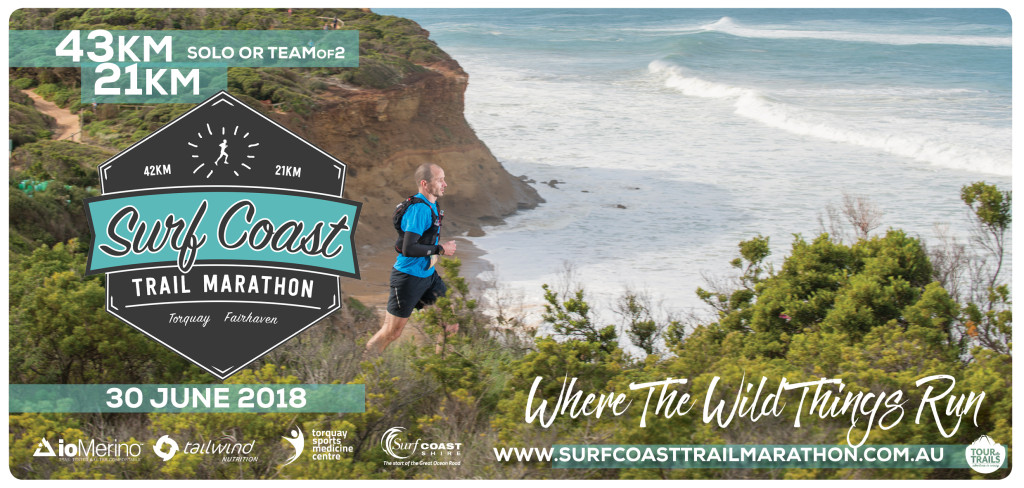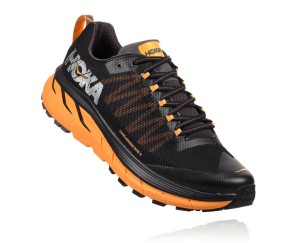 Challenge Accepted // When I think of a Rolls Royce, I tend to picture the old school type: the ones with big wheel arches curving over large white-walled wheels; the ones that belong on wide stretches of bitumen (perhaps with royalty sitting starch upright in them) and would body roll around corners. Plush. Indulgently luxurious. But a sportscar, no. A rally car? Dirt? Puhleese, daaaarling. Hold my poodle, would you?
Challenge Accepted // When I think of a Rolls Royce, I tend to picture the old school type: the ones with big wheel arches curving over large white-walled wheels; the ones that belong on wide stretches of bitumen (perhaps with royalty sitting starch upright in them) and would body roll around corners. Plush. Indulgently luxurious. But a sportscar, no. A rally car? Dirt? Puhleese, daaaarling. Hold my poodle, would you?
But have you seen a modern Rolls Royce? They are kind of sporty. Slimmed down a bit, still plush as ever, but they now have a sense that a corner can be taken at 100km/hr and the car not tip over sideways.
The Challenger ATR 4 is like that. It’s all Hoka-esque – look at that marshmellow undercarriage – could it be anything else? But then look at the bodywork. And the rubber on it – seems aggressive, you think? And the duco is a bit less ostentatious, too.
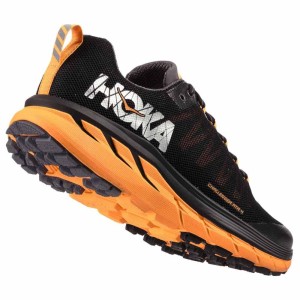 Yes, the Challenger ATR 4 is a notch up from its predecessor without being a quantum shift in mechanical change, and it can take a corner. Mostly.
Yes, the Challenger ATR 4 is a notch up from its predecessor without being a quantum shift in mechanical change, and it can take a corner. Mostly.
Just like all Rolls Royces, the new Challenger maintains its top-end comfortable ride designed for the ultra-haul (and those with bad knees). The mushy stack height – a 31mm heel down 5mm to 26mm at the forefoot – founded on Hoka’s standard EVA midsole generates the expected lightweight cushioning over any and all surfaces. Small tweaks to the midsole are claimed to result in improvements to the ride, but not having ridden the 3, we can’t comment – it felt silky smooth to us regardless.
Obviously, with so much fat beneath you, this is not in general a shoe for eliciting trail feedback – as a runner who prefers more connection with Mother Nature via my sole, I’m not one who usualy goes for such dampened suspension. That said, I felt the power of the maximalist movement with this model as I tore along a windy, mildly-technical trail, and paid due attention to how well my feet were tracking and reacting to rocks and roots. Surprisingly, these shoes still gave me adequate – I won’t over-egg this, as it’s still numbed somewhat – but adequate trail feedback. If you combine that factor with the sense of confidence the shoes deliver in terms of protection from the sharper bumps and grinds below, the Challengers become a contender option not just for the maximalist flock. They can be a go-to for the likes of me, too.
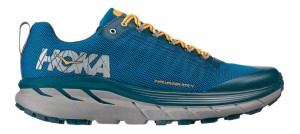
Now, I’m not getting over excited here. I had a choice to take them to the Big Mountains of the Himalaya and – being I was limited in my gear capacity – I just couldn’t risk that they would suit a seriously technical and aggressively rough, high altitude trail. So no hallelujah moments up high. But on Australian trails, most of which are flatter-packed and mid-range when it comes to true technicality, these handled all with aplomb.
On groomed, undulating trails they were indeed perfect, and while they are built for the long haul in general, they were light enough to keep my feet feeling nimble on shorter spurts, too. I still felt (kind of) racey, which is not an expected feeling for Hoka’s bigger shoes (although the Speedgoat does feel fast and flighty). The Challenger has undoubtably slimmed down with more responsiveness creeping in – perhaps some early-adopter Hoka fans may feel it has lost too much around its middle.
Part of the positive strike action is in the meta-rocker design, which delivers a smooth heel-toe transition full of energy. The transition zone is placed behind the metatarsals encouraging a faster step-through to the forefoot.
So what else has changed? Eyes to the upper in the main. Hoka has redesigned lighter-weight dual mesh uppers with excellent breathability and (although we haven’t smacked them around quite enough) better durability, with extended tow caps adding to that argument.
In the front there’s also a smidge more room in the toe box. Down the rear, an internal heel counter provides increased strap-in support.
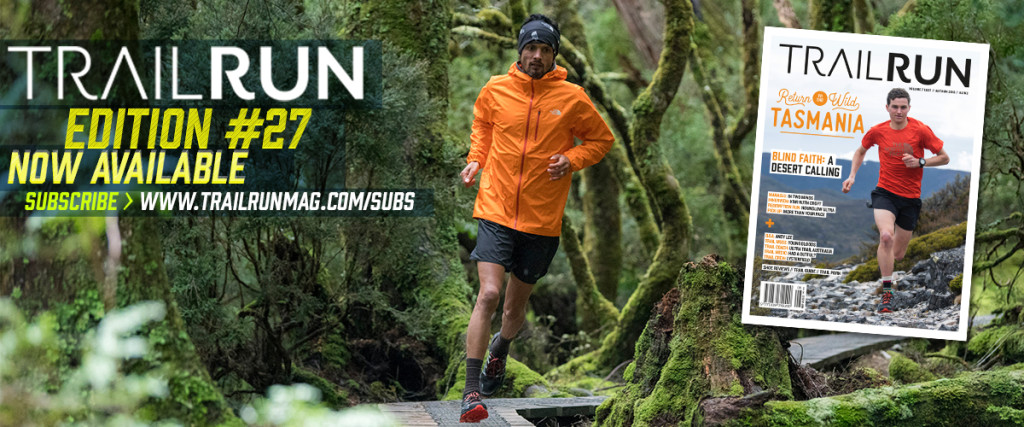
Underneath, the tread is interesting – a 4mm lug design with multi-direction set up squeezes grip closer together at the heel and wider at the forefoot. It seems to give excellent grip on most surfaces, although on loose, gravelly trails it started to lose control and it certainly wasn’t a fan of the odd mud patch we played in. For those door to trail runners, these sit comfortably on the road for a trail running shoe.
Like many Hokas, there is a tipping point in terms of lateral balance, so tight, twisty trails where direction change is rapid and constant are not ideal for these shoes. We come back here to the Rolls Royce equation, where in a straight line, over mildly rough terrain these are perhaps the smoothest and best ride going, but whack them on berms and downhill switchbacks and you may just get a roll-over.
And the Rolls Royce we reckon you can compare them to: ever seen the Wraith? Sportier than you’d ever give a Rolls credit for.
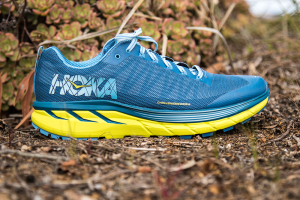 The Low Down
The Low Down
Great for: ultra; non-technical downhills, dry packed trails, heavier runners
Not-so-great for: minimalists, grip, stability, bitey mountains
Test Conditions: mostly groomed trails with mildly technical sections, dry
Tester: Chris Ord, TRM Editor,
Tester Mechanics: mid-70kg, usually prefers less beef on his shoe sandwich, midfoot striker, prefers technical, half to marathon and multiday, but occasionally does run long
RRP: $219.95
Website: http://shop.hokaoneone.com.au/mens-trail/
Conditions: shoes were provided for wear test by Hoka One One Australia









